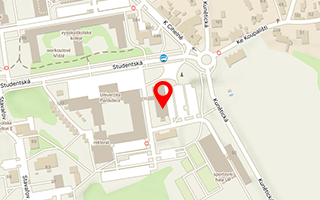Publikace detail
Harbinger of the Witches' Sabbath? The Emergence of Devil Worship Imagery in the Trial of the Templars
Autoři:
Novotný František
Rok: 2022
Druh publikace: článek v odborném periodiku
Název zdroje: Magic Ritual and Witchcraft
Strana od-do: 367-392
